As there isn’t much out there for people of colour who learn they are or may be autistic, here’s a start.
If you identify as autistic and Black, Latinx, South Asian, Asian, Pacific Islander, Indigenous, Middle Eastern, North African, or any other racial and/or ethnic minority, you are not invisible. There are legions of us and together, our needs and experiences as autistic people are unique within the larger autistic community.
That said, let’s talk more about what being an autistic person of colour means.
We Are Overlooked
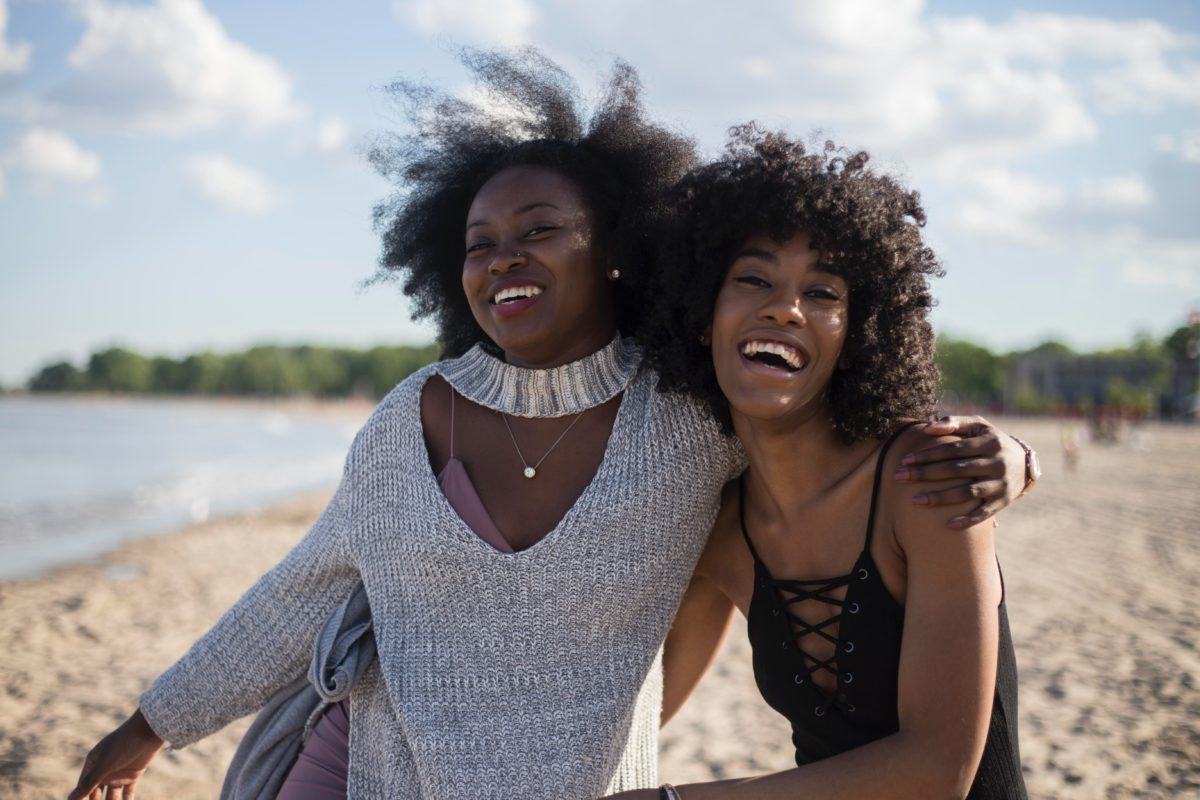
You may already be aware that the discourse, research, and official diagnostic criteria are overwhelmingly non-inclusive of diversity of pretty much any sort (because systemic racism).
When we’re not included and not represented, our quality of life, relationships, economic security, health, longevity, and just about every facet of being can be affected.
From not seeing ourselves in media to not being believed in the doctor’s office because we don’t “fit the profile”, our needs are not being met by the funded and policy-supported institutions charged with the health and welfare of all. Being excluded at the base level filters into academia, media, and other systems that define public life. And THAT erasure leaves us unable to see the autistic people in our friend circles, families, and, most consequential of all, in the mirror.
When you add our multiple intersectional identities, safety issues, code switching, assumptions and stereotypes, etc, it’s just a lot. Like a lot a lot.
That *is* changing but the change is in its infancy. Like all paradigm shifts, we may not see meaningful results in our lifetimes. That, as usual, leaves historically excluded communities to fend for ourselves.
Good thing we have some practice with that.
We Are Dismissed
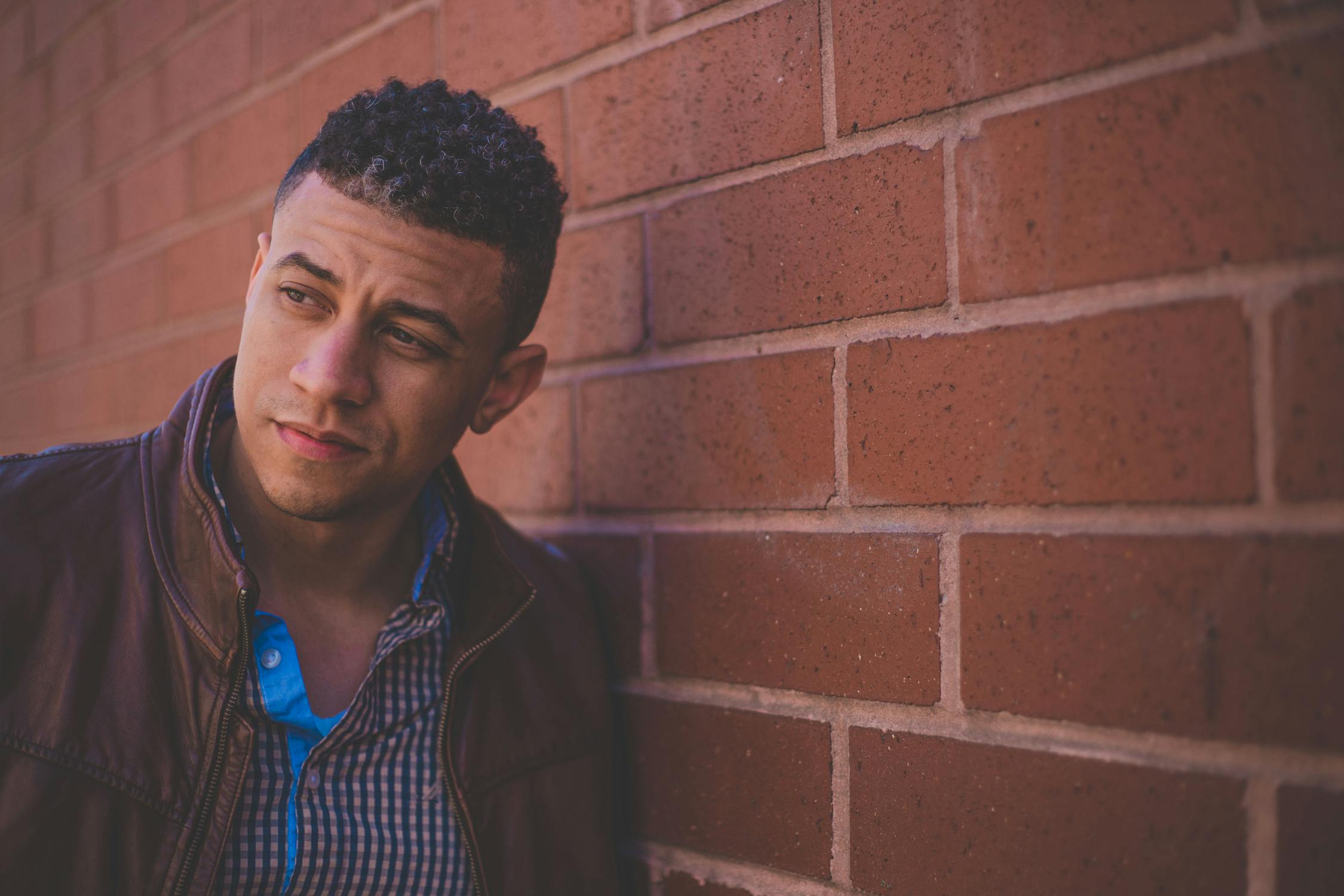
The first time I asked a popular autistic advocate if they might have resources for people like me who are autistic and a racial minority, the response I got was confusion mixed with resistance for being asked such a question.
What difference could there be, they asked, between a white autistic person and anyone else? Brains are brains, they said. And with that I learned my first lesson in being #AutisticWhileBlack: If I thought I was invisible before, I didn’t even know the half of it.
Not only are we overlooked, but when we show up in predominantly white spaces — which most spaces are, autistic or not (because systemic racism) — when we look for our lives to be mirrored, we’re met with push back and/or dismissal. More times than I’d like to think about, we’re met with hostility, bullying, and worse.
If you’re not a person of colour and you’re reading this, you may think, “That’s terrible! People can be so racist! I’m glad I’m not like that.” And that may be true. Do your anti-racism work so you can feel confident that it really isn’t you that’s affecting others’ lives is such an insidious and damaging way.
We Are Everywhere
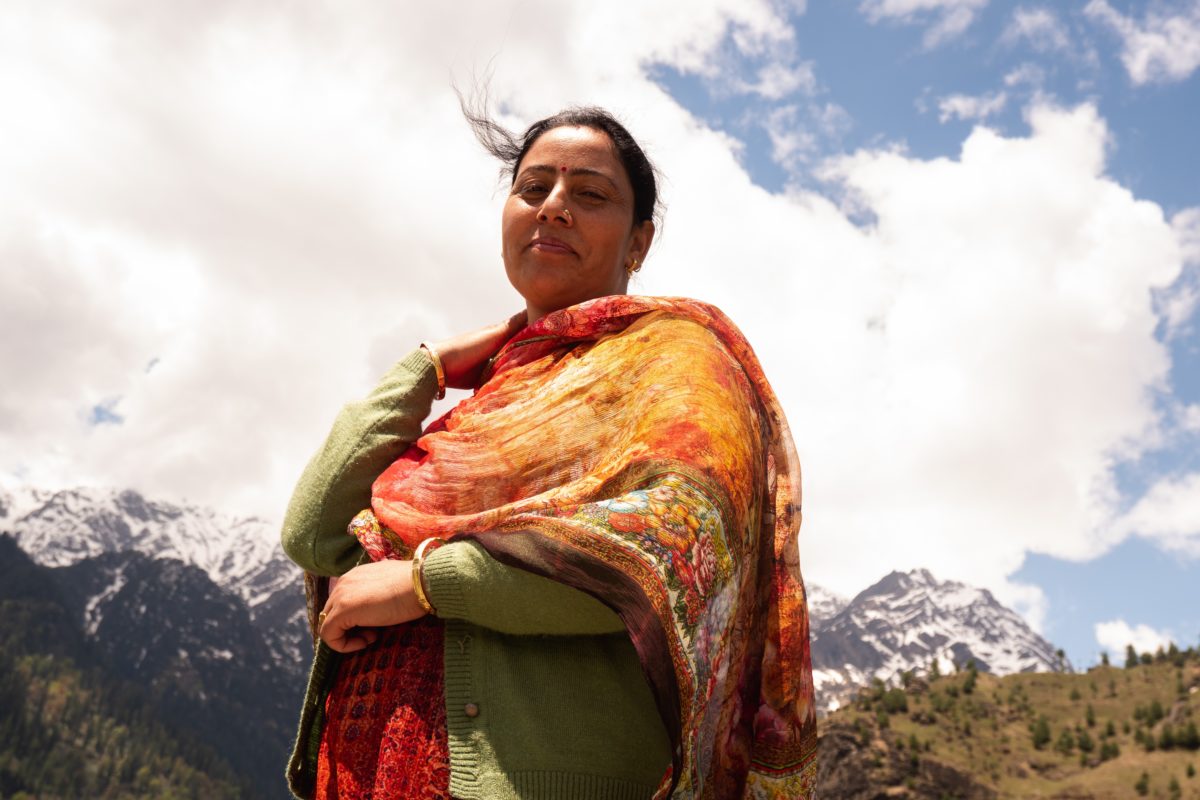
If you haven’t yet heard, autism is not a white-people thing. In whichever ways autistic life unfolds for you, you are in the company of autistic people in every region of the globe, every age group, ever gender, every profession, every economic bracket, every religion, every body shape and size, every ability, and more. You get the point I’m making here: you’re not alone. But ask most any one of us and we’ll tell you it sure doesn’t feel that way (because systemic racism).
Our communities have not had access to the same social mechanisms (mentioned above) that enable us to have a full picture of what autism is and that makes it difficult to self-identify. It makes it difficult to raise our autistic children with the supports they may need and to care for our autistic parents. It makes it difficult to build the kinds of lives we might choose for ourselves. It makes it nearly impossible to feel secure we will have our needs met as we grow old.
Often we not only are faced with external stigma about neurodivergence but also misconceptions and misinformation from within our own communities. Worldwide, this varies in degrees and directly affects how autistic people are treated and the quality of life we are afforded.
We Are Golden
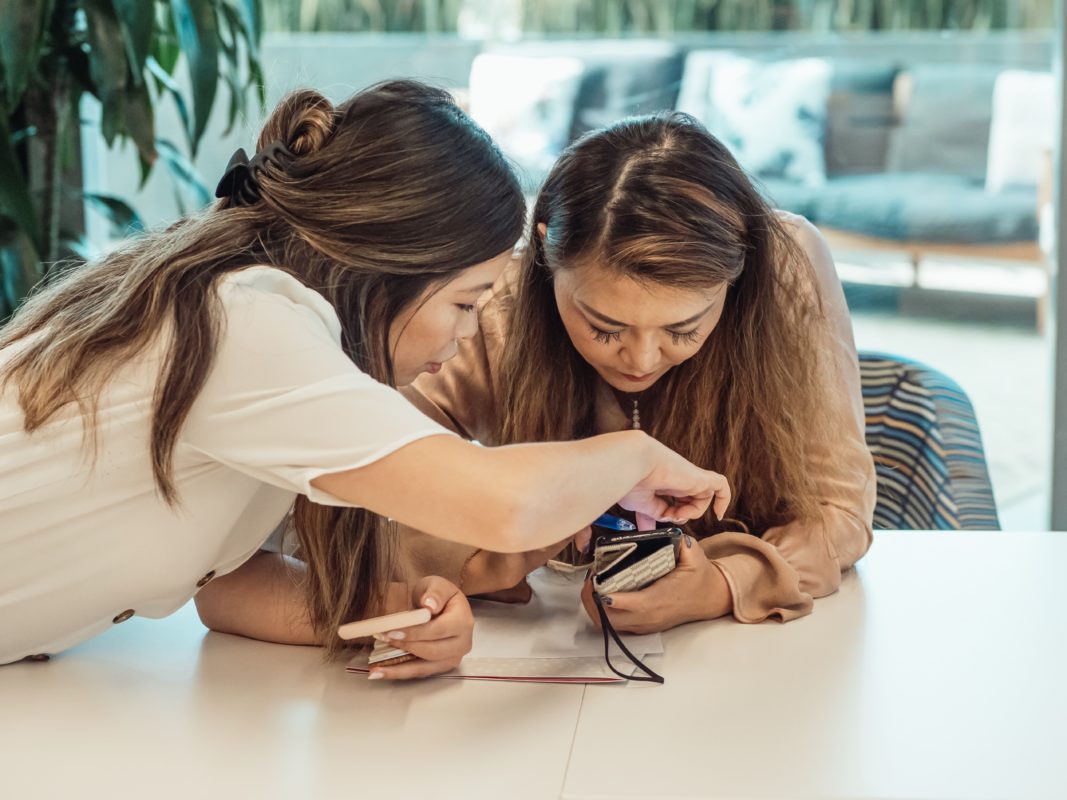
Whether living in a majority-white region or living where most everyone looks like you, we can be inventive, loving, fierce, and resilient. That spirit will see our way forward here too.
If you’re autistic or think you may be, you probably haven’t seen a lot of faces that look like you, haven’t read narratives that resonate, nor been in community with anyone who experiences life in the specific ways that you do. Resources are scarce. These are all things many people take for granted because most everything is created with the majority in mind. Autastic was created with YOU in mind.
Come find out what it feels like to be in community with us! I host an assortment of spaces. One of them will surely fit…like maybe this one!👇🏽
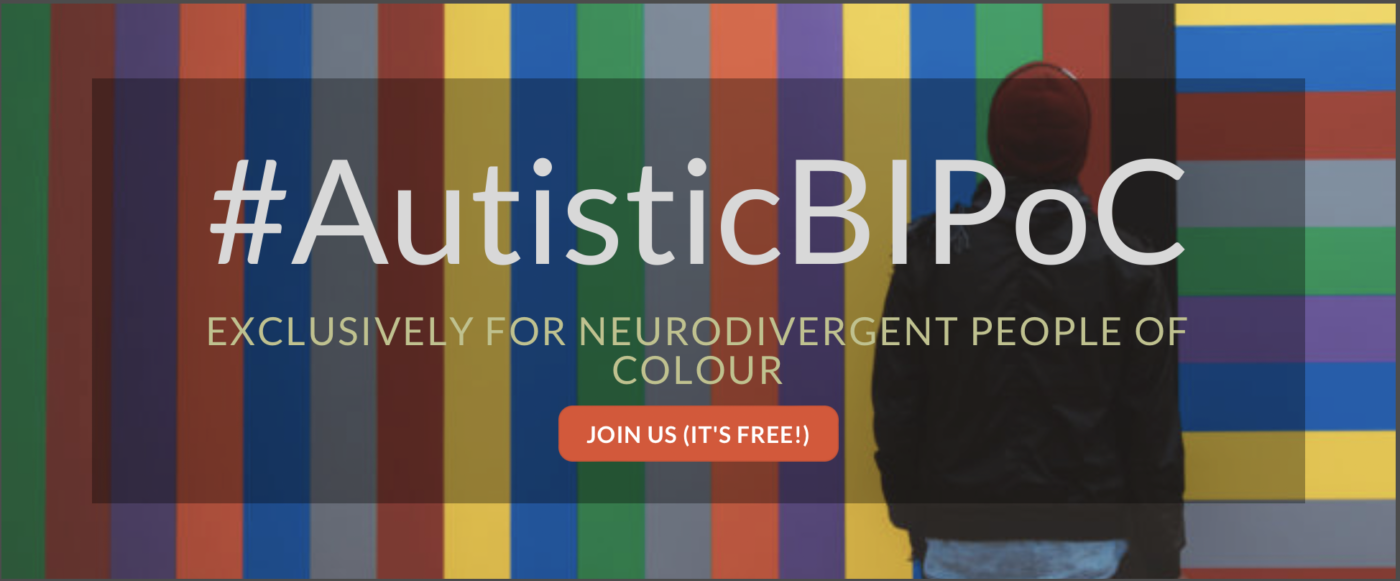
RESOURCES
There is SO much more to say about the complexities of autistic life as a person of colour. Here are some of my talks and essays on the topic as well as some of my favorite speakers dropping their knowledge👇🏽
Autistic Advocates
The Persistent Invisibility of Black Autism
Take a stroll through the history of autism and the exclusion of Black people therein with Neurotribes author Steve Silberman.
ReadAfrican-Americans With Autism Face Additional Challenges
A 4-minute interview on NPR with late-identified autistic self-advocate and parent Jackie Pilgrim.
ListenAutistic Mother’s Perspective with Jackie Pilgrim
An hour-long interview with autistic self-advocate and parent Jackie Pilgrim.
Autastic Interviews
THE STOOP
Episode 60
"We explore what it’s like to be a Black autistic adult with the story of artist, author, and illustrator Ayanna Davis, AKA ‘Phenomenally Autistic.’ We also hear from advocate and autism media consultant Diane J. Wright, plus special education professor Dr. Jamie Pearson breaks down why Black autistic people are diagnosed so late in life."
THE PARITY PROECT
"In this episode we speak with Diane J. Wright, the founder of Autastic.com. Home to the world’s largest online community of late-identified autistic adults, two of the only spaces dedicated to people of color with autism, and the only community of its size for people with autism that’s founded by a woman of color."
By Diane J. Wright
#AutisticBIPoC experience arguably higher levels of exclusion, aggression, and inequality within our own autistic spaces.
Here's what it's really like.
Other Resources
#AutisticBIPOC YouTube
For even more perspectives, see my ever-growing #AutisticBIPOC YouTube playlist.
Watch#AutisticBIPOC Twitter
Follow and connect with the autistic BIPOC community on Twitter by following my #AutisticBIPOC Community list.
ConnectHashtags
These may help you connect with your community across social media:

#AutisticBIPoC
#AutisticPOC
#AutisticWhileBlack
#AutisticWhileBrown
#AutisticAndIndigenous
#AutisticAAPI
#AutisticMENA
#AutisticLatinX
#AutisticAndMixed
#AutisticBlackLivesMatter

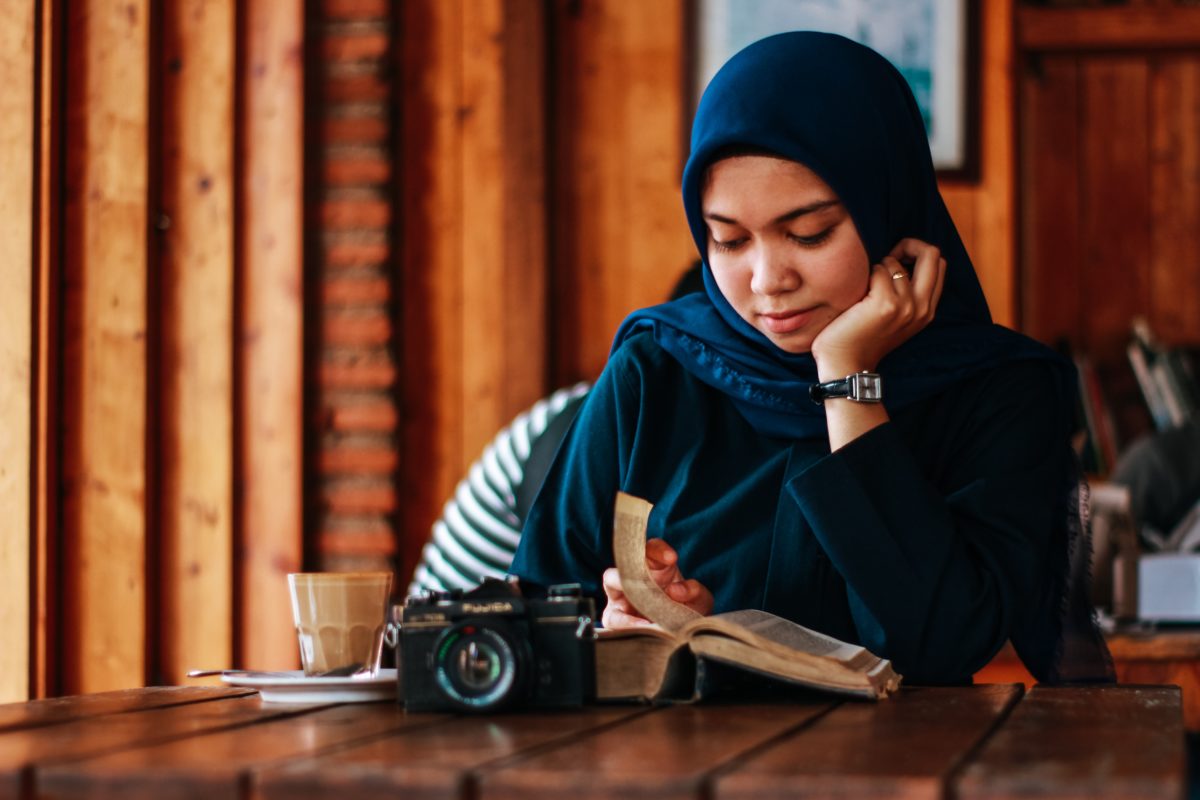






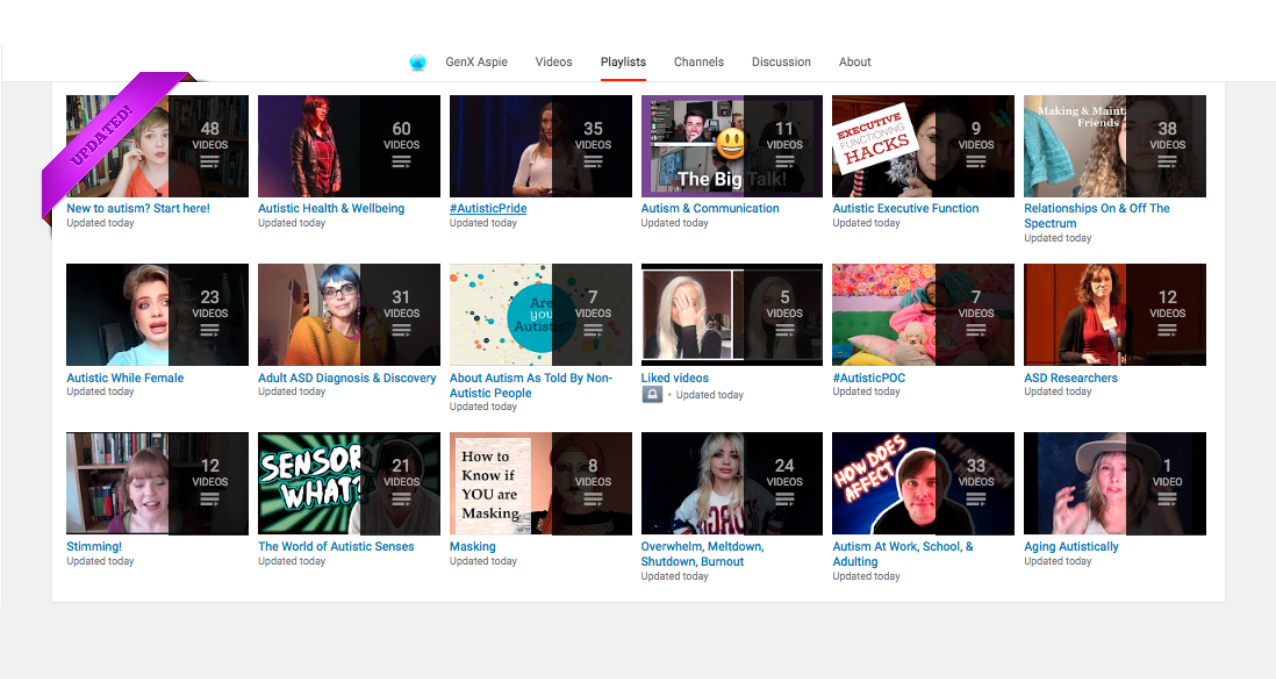
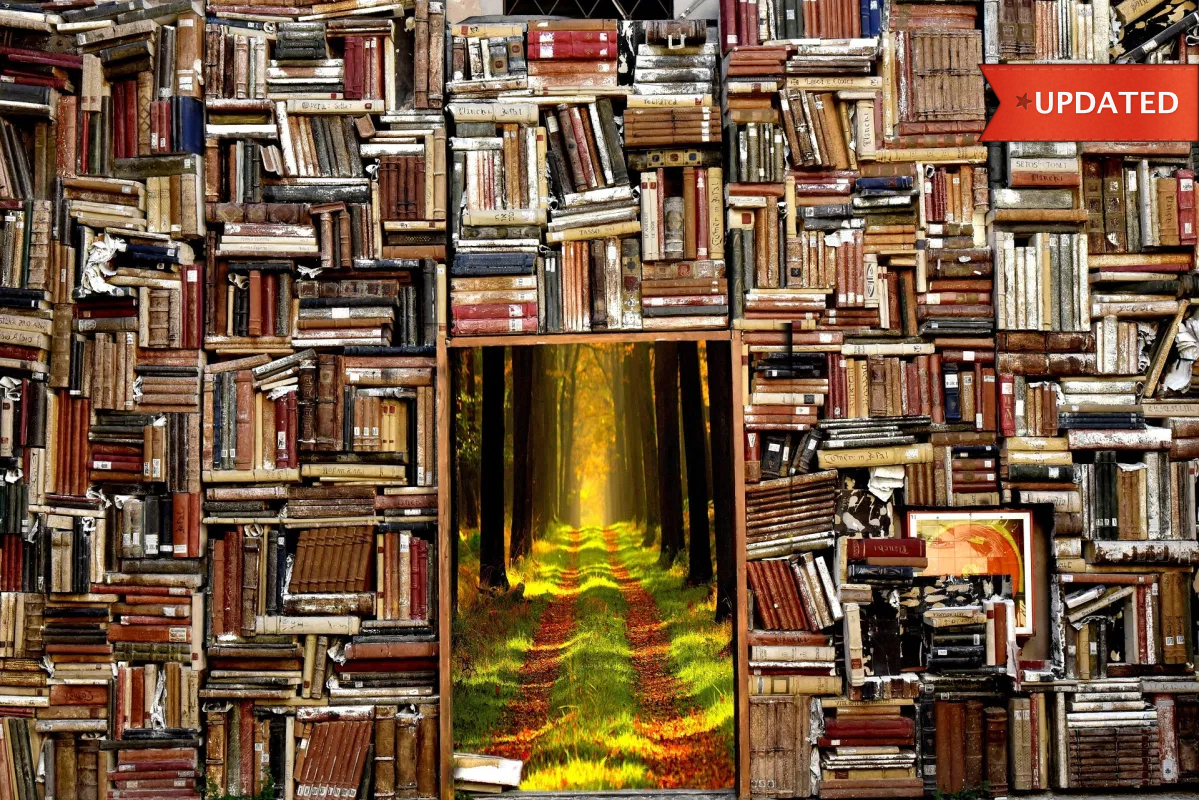

Pingback: Resources For BIPOC Communities – Autastic.com